The aquatic world presents a fascinating divide between freshwater and saltwater environments, each with distinct physical and chemical properties that challenge the organisms living within them. While most fish species have evolved to thrive exclusively in either freshwater or saltwater, a remarkable subset possesses the extraordinary ability to navigate both realms. These special fish, known as euryhaline species, demonstrate remarkable physiological adaptations that allow them to maintain internal balance despite dramatic changes in external salinity. This article explores the fascinating biological mechanisms, evolutionary advantages, and diverse examples of fish that can cross the salt barrier—revealing one of nature’s most impressive examples of adaptability in the face of environmental challenges.
Understanding the Fundamental Challenge: Osmoregulation
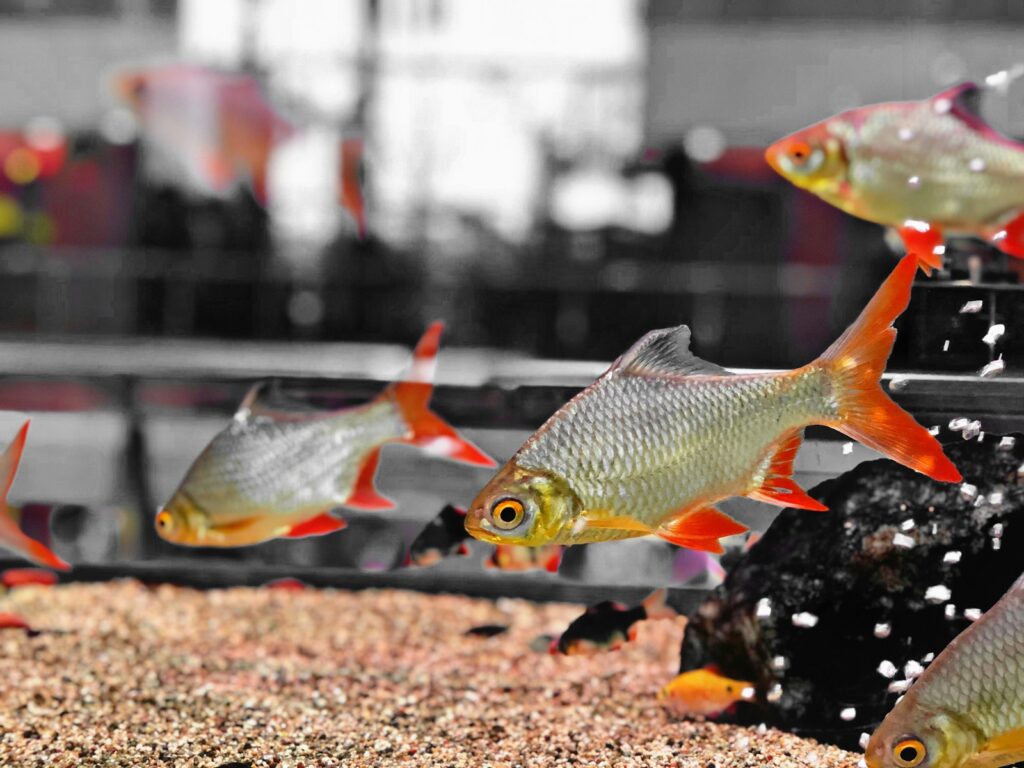
At the heart of the freshwater-saltwater divide lies the challenge of osmoregulation—the process by which fish maintain the proper balance of water and dissolved salts in their bodies. In freshwater environments, fish face the constant influx of water into their bodies through osmosis, as their tissues contain more dissolved solutes than the surrounding water. Conversely, saltwater fish constantly battle dehydration as water from their bodies is drawn out into the more concentrated saltwater environment. This fundamental difference in osmotic pressure creates one of the most significant physiological barriers in nature, requiring completely different biological strategies for survival. Euryhaline fish have evolved specialized mechanisms to adjust their osmoregulatory processes as they move between these dramatically different environments, representing one of the most sophisticated examples of physiological adaptation in the animal kingdom.
The Science of Salt Balance: How Euryhaline Fish Adapt
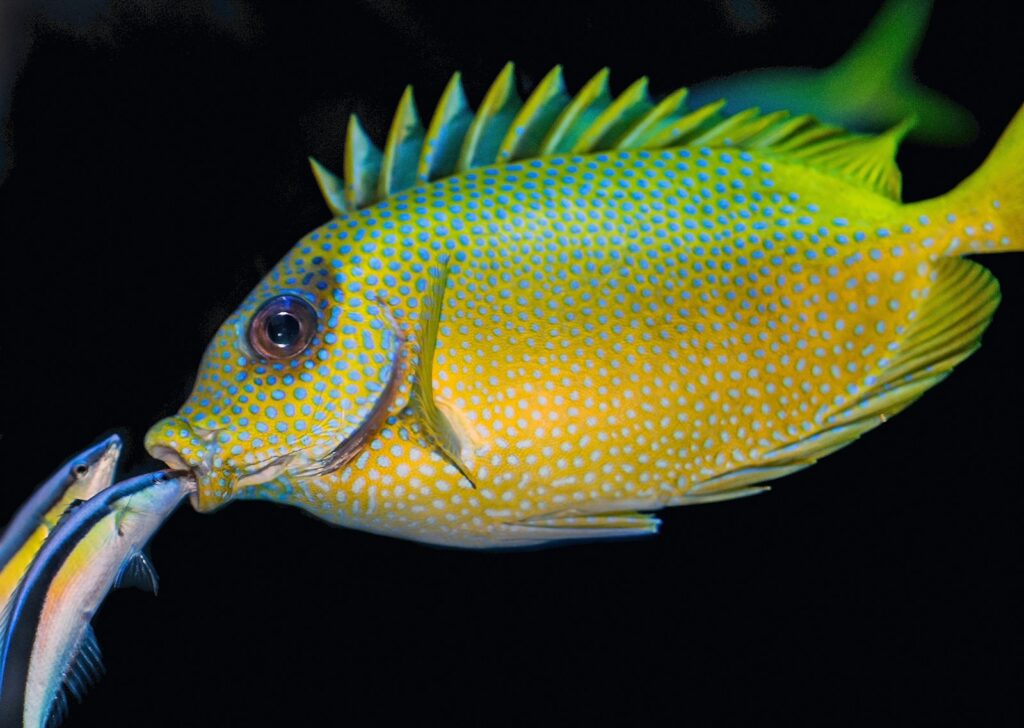
Euryhaline fish possess specialized cells in their gills called chloride cells (or mitochondria-rich cells) that can transform their function based on the surrounding salinity. In saltwater, these cells actively pump excess salt out of the body against the concentration gradient—an energy-intensive process that prevents dangerous salt accumulation. When these same fish enter freshwater, these cellular mechanisms effectively reverse, retaining necessary salts while eliminating excess water through dilute urine. Additionally, euryhaline species can modify the permeability of their gills and other body surfaces, reducing water exchange in environments where it would be disadvantageous. Some species even alter the composition of their body fluids, adjusting the concentration of organic osmolytes like urea and trimethylamine oxide (TMAO) to help maintain osmotic balance without disrupting cellular functions. This remarkable physiological flexibility represents one of the most sophisticated examples of adaptation in vertebrate biology.
Salmon: The Iconic Diadromous Travelers
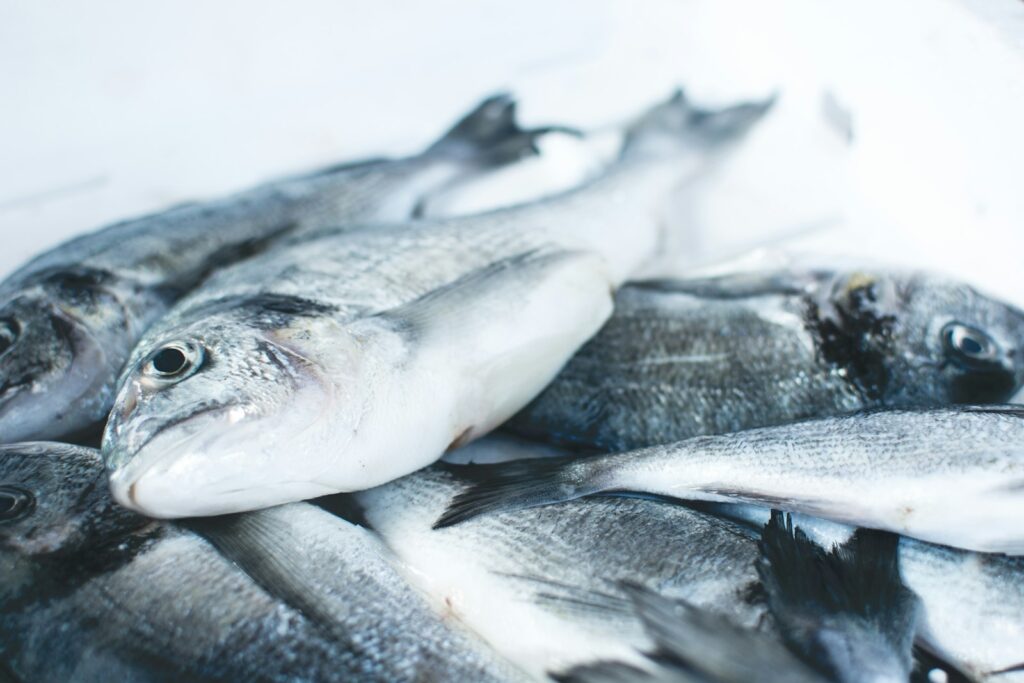
Salmon represent perhaps the most celebrated example of fish that cross the freshwater-saltwater divide, undertaking epic migrations that have captured human imagination for millennia. As anadromous fish, salmon are born in freshwater streams, migrate to the open ocean where they spend most of their adult lives, and then return to their natal freshwater streams to spawn. This remarkable journey requires dramatic physiological transformations at multiple life stages. When young salmon (smolts) prepare to enter saltwater, they undergo “smoltification”—a complex process involving changes in gill function, kidney processes, and even skin permeability to prepare for the marine environment. Years later, when mature salmon begin their upstream migration, they undergo another complete physiological reversal to readapt to freshwater. The precision of these transformations is so critical that even slight disruptions to water chemistry or timing can cause significant mortality among migrating populations.
Eels: Masters of Reverse Migration
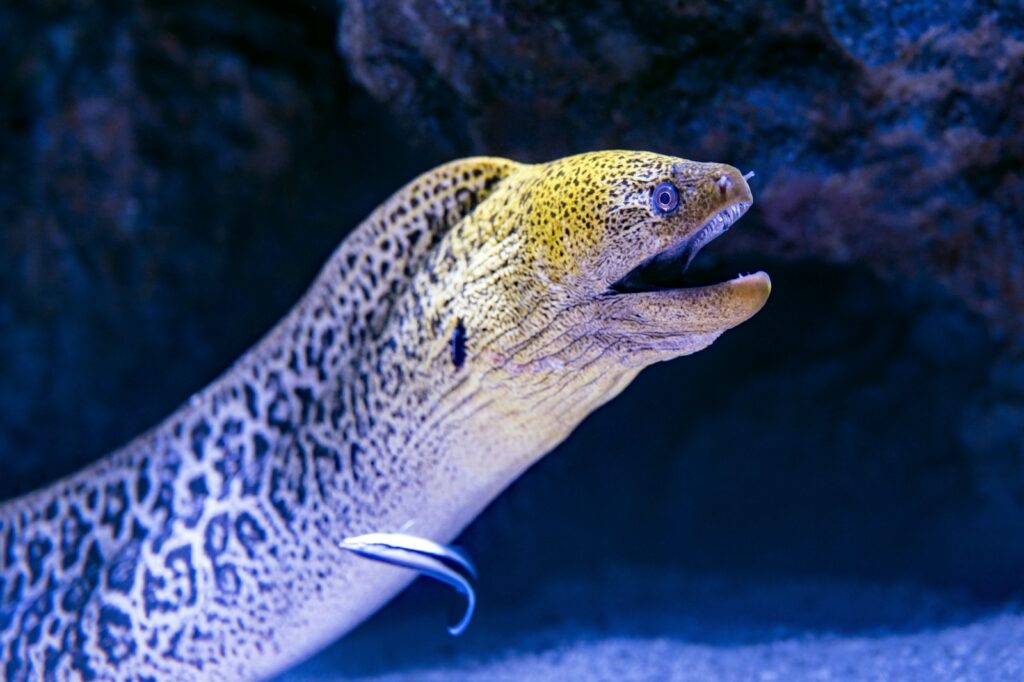
European and American eels display a migration pattern that mirrors that of salmon, yet with fascinating differences. Unlike salmon, eels are catadromous—born in saltwater but spending most of their lives in freshwater before returning to the ocean to breed. European eels make an astounding migration from freshwater habitats across Europe to the Sargasso Sea in the Atlantic Ocean, a journey of up to 3,000 miles. During their transition from freshwater to saltwater, eels undergo significant changes in their osmoregulatory systems, skin permeability, and even eye structure as they prepare for deep ocean living. Even more remarkably, these transformations occur while eels simultaneously undergo sexual maturation, demonstrating an extraordinary coordination of multiple physiological systems. This dual transformation makes eels particularly vulnerable to environmental disruptions, contributing to their declining populations worldwide.
Bull Sharks: True Euryhaline Predators

Bull sharks stand out among euryhaline species for their unusual ability to thrive equally well in both freshwater and saltwater environments as adults, without requiring a specific life-stage transition. These formidable predators can be found in coastal marine waters around the world but also regularly venture far upriver into completely freshwater systems like the Mississippi River in North America and the Amazon in South America. Bull sharks accomplish this remarkable feat through the retention of urea and other organic compounds in their bloodstream, maintaining higher internal osmotic pressure than most other sharks. Their specialized rectal gland, which typically excretes excess salt in marine sharks, can effectively shut down when they enter freshwater environments. This exceptional adaptability allows bull sharks to exploit food resources and breeding grounds unavailable to other large marine predators, contributing to their success as a species despite their fearsome reputation.
Tilapia: Euryhaline Champions of Aquaculture
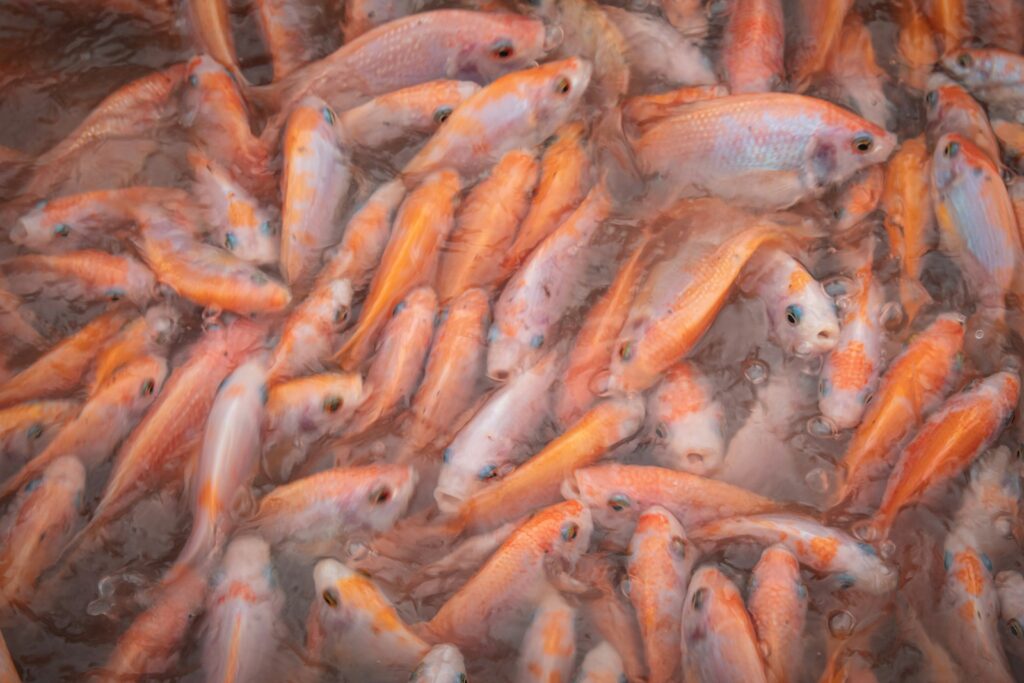
Tilapia species have become some of the most economically important fish in global aquaculture partly due to their remarkable ability to thrive across a wide range of salinities. Many tilapia species can survive in waters ranging from completely fresh to nearly full-strength seawater, though they typically prefer intermediate salinities. This osmoregulatory flexibility has made tilapia particularly valuable for farming in brackish water environments and areas with fluctuating salinity, including coastal ponds affected by tidal changes. Tilapia accomplish this adaptability through efficient gill remodeling and rapid adjustment of ion transport mechanisms when salinity changes. Their euryhaline capacity, combined with their fast growth rates and omnivorous diet, has contributed to tilapia becoming the second most farmed fish globally after carp. This adaptability has unfortunately also led to tilapia becoming invasive species in many regions where they have been introduced, outcompeting native fish in variable-salinity environments.
Evolutionary Advantages of Salinity Tolerance
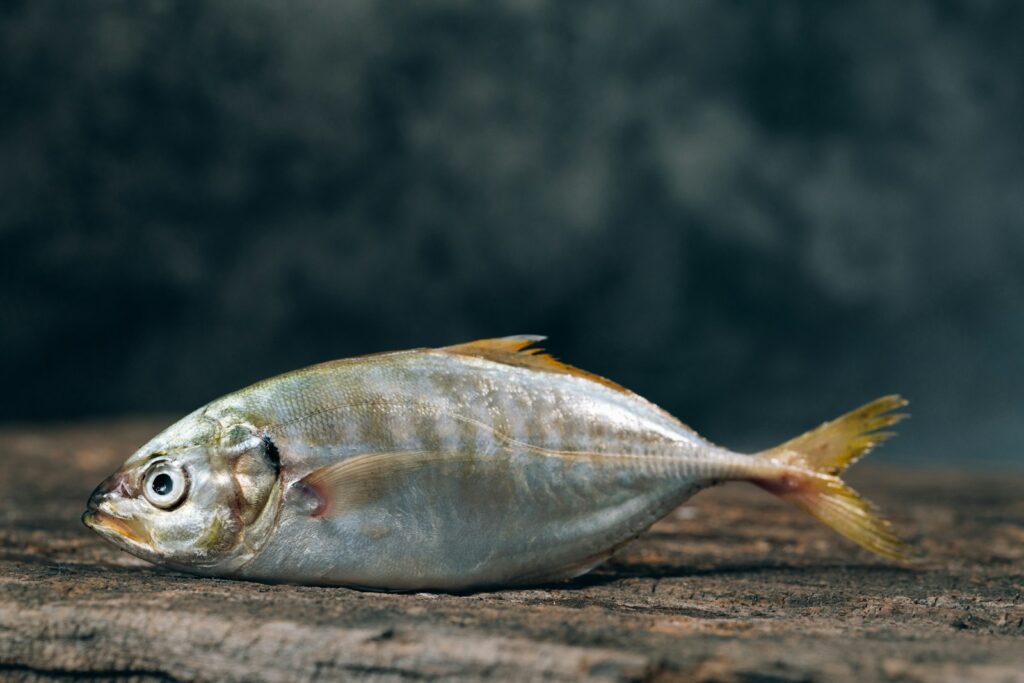
The ability to cross the freshwater-saltwater boundary confers significant evolutionary advantages that explain why this trait has independently evolved multiple times across different fish lineages. For migratory species like salmon, accessing both environments allows them to exploit the abundant feeding opportunities of the nutrient-rich ocean while returning to the relatively predator-free freshwater environments for reproduction. This strategy effectively gives them “the best of both worlds” in terms of resource utilization. For predatory species like bull sharks, salinity tolerance allows them to access prey resources unavailable to strictly marine or freshwater competitors. Furthermore, the ability to move between these environments can serve as an escape mechanism from adverse conditions in either habitat, providing a survival advantage during environmental fluctuations. The persistence of euryhaline adaptations across diverse fish lineages testifies to the significant evolutionary benefits of this physiologically demanding trait.
The Energetic Cost of Crossing Salinity Barriers

While the ability to transition between freshwater and saltwater environments offers significant advantages, it comes with substantial energetic costs that shape the ecology and life history of euryhaline species. The active transport mechanisms required to pump ions against concentration gradients demand considerable energy expenditure, often requiring euryhaline fish to dedicate more internal resources to osmoregulation than their single-environment counterparts. This energy investment frequently manifests as reduced growth rates during transitional periods, as observed in salmon smolts and juvenile eels adjusting to new salinity conditions. Many euryhaline species temporarily cease feeding during major salinity transitions to conserve energy for the physiological remodeling taking place. This energetic cost explains why relatively few fish species have evolved true euryhaline capabilities despite the apparent advantages—the physiological machinery required is both complex and metabolically expensive to maintain.
Brackish Environments: Nature’s Transitional Zones

Brackish environments—where freshwater and saltwater mix in estuaries, mangroves, and coastal wetlands—serve as critical transition zones that support many euryhaline species. These dynamic ecosystems experience regular salinity fluctuations due to tidal cycles, seasonal rainfall patterns, and freshwater inflows from rivers. For many euryhaline fish, brackish waters provide a gradual transition zone that allows for physiological adjustment between extreme environments. Species like killifish, sheepshead minnows, and many gobies have specialized to live permanently in these variable-salinity environments, developing particularly efficient mechanisms for rapid osmoregulatory adjustment. Brackish ecosystems often function as critical nursery habitats for the juvenile stages of commercially important euryhaline species, providing both the intermediate salinity conditions and abundant food resources needed for early development. The ecological importance of these transitional zones makes them particularly valuable for conservation efforts aimed at protecting euryhaline fish populations.
Climate Change Impacts on Euryhaline Species

Climate change presents unique challenges to euryhaline fish due to its multiple effects on aquatic salinity patterns worldwide. Rising sea levels are pushing saltwater farther into traditionally freshwater habitats, while changing precipitation patterns alter the freshwater inputs to coastal systems. These shifts force euryhaline species to adjust their migratory timing and pathways, sometimes with insufficient time for evolutionary adaptation. Warming water temperatures compound these challenges by increasing the energetic costs of osmoregulation, as metabolic rates rise in warmer conditions. For precise migrators like salmon, climate disruptions can desynchronize the environmental cues that trigger physiological changes necessary for salinity transitions. Research indicates that while euryhaline species might seem predisposed to handle environmental variability, the rapid pace and multiple stressors associated with anthropogenic climate change may exceed the adaptive capacity of many populations, particularly those already stressed by overfishing or habitat degradation.
The Molecular Biology of Salinity Adaptation
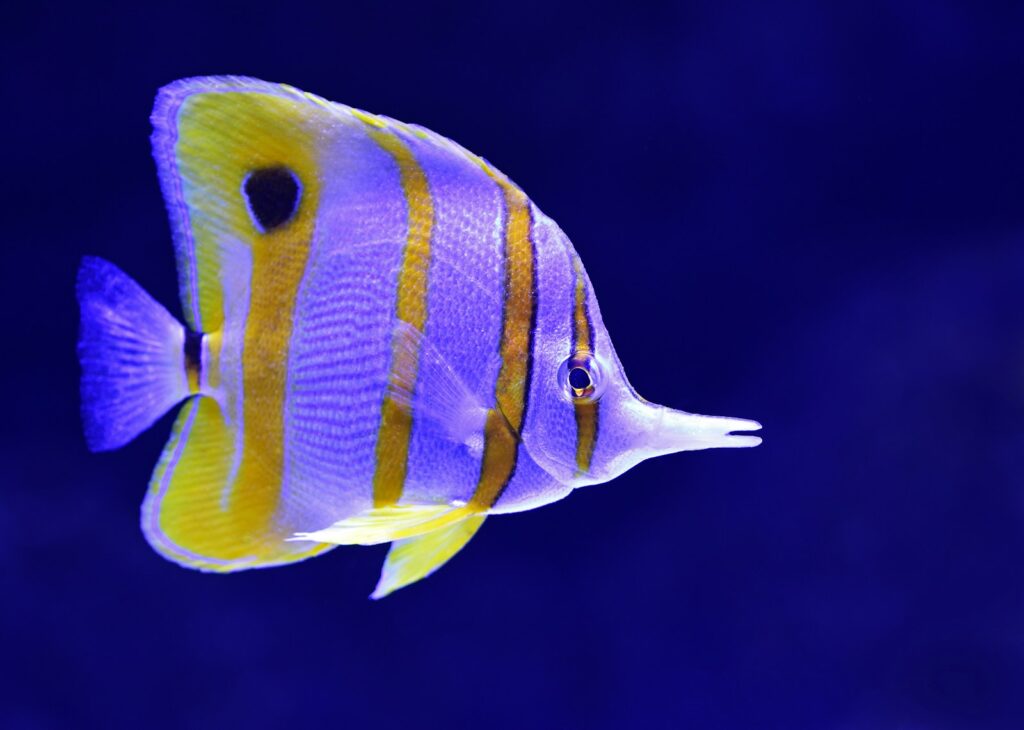
Recent advances in genomics and molecular biology have revolutionized our understanding of the genetic underpinnings of salinity adaptation in fish. Studies have identified several key gene families directly involved in osmoregulatory function, including those coding for ion transporters, aquaporins (water channels), and hormonal regulation. Research on killifish has revealed remarkable examples of convergent evolution, where different populations have independently evolved similar genetic adaptations to handle salinity changes. Euryhaline species typically show significant upregulation of genes involved in cell volume regulation and ion transport during salinity transitions, with complex cascades of gene expression occurring in a choreographed sequence. Epigenetic mechanisms—heritable changes in gene function that don’t involve alterations to the underlying DNA sequence—appear particularly important in allowing rapid adaptation to changing environments. These molecular insights are not only advancing our fundamental understanding of osmoregulation but also providing valuable tools for aquaculture applications and conservation efforts focused on vulnerable euryhaline species.
Other Notable Euryhaline Species
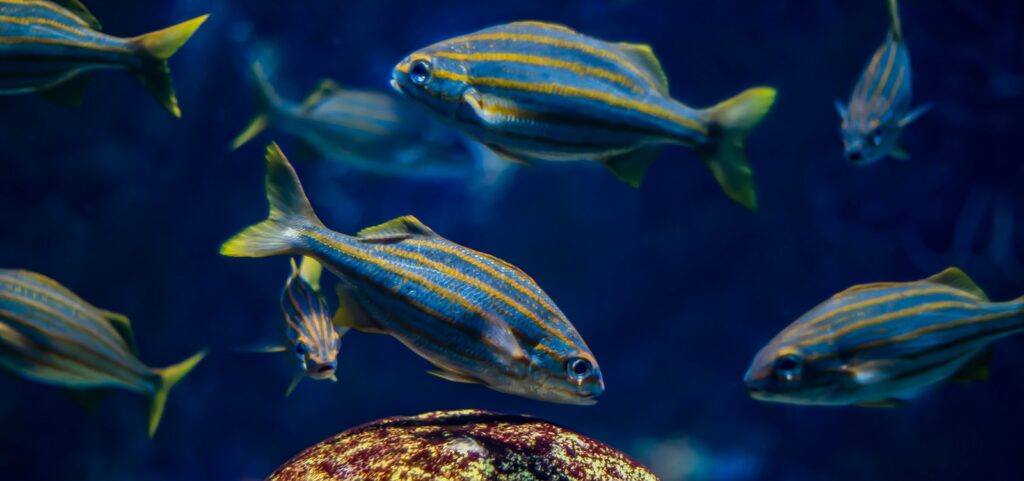
Beyond the well-known examples of salmon, eels, and bull sharks, the natural world hosts a diverse array of euryhaline fish with fascinating adaptations. Sticklebacks have become important model organisms in evolutionary biology due to their repeated adaptation to freshwater from marine ancestors, with researchers identifying specific genetic changes that facilitate this transition. Killifish exhibit extreme euryhalinity, with some species capable of surviving direct transfer from freshwater to water three times saltier than seawater—a feat unmatched by most vertebrates. The euryhaline abilities of striped bass support important commercial and recreational fisheries along the Atlantic coast, where they move seasonally between marine and freshwater habitats. Alewives and other herrings undertake anadromous migrations similar to salmon but have evolved distinct physiological mechanisms for salinity adaptation. These diverse examples demonstrate the multiple evolutionary pathways that have led to salinity tolerance across the fish family tree.
Conservation Challenges for Migratory Fish

Euryhaline fish face unique conservation challenges precisely because they cross ecosystem boundaries and jurisdictional lines during their life cycles. Dams and water control structures present physical barriers to migration while altering natural flow patterns that serve as migratory cues. Water pollution affects euryhaline species at multiple life stages, with contaminants from both agricultural and urban sources concentrating in the estuarine environments where many species make their critical transitions. Habitat degradation of spawning grounds, juvenile nursery areas, and migratory corridors fragments the connected habitats these species require to complete their life cycles. Conservation efforts for euryhaline fish necessarily involve coordinated management across freshwater, brackish, and marine environments—a challenge that often exceeds the scope of traditional conservation approaches focused on single ecosystem types. The complexity of these challenges explains why many euryhaline species, including iconic migratory fish like Atlantic salmon and European eel, have experienced more severe population declines than their single-habitat counterparts.
Applications in Aquaculture and Biotechnology

The remarkable physiological adaptations of euryhaline fish have inspired innovations in both aquaculture and biotechnology. Understanding the mechanisms behind salinity tolerance has enabled the development of improved farming techniques for commercially valuable euryhaline species like salmon, tilapia, and sea bass. Some aquaculture operations now intentionally expose fish to controlled salinity changes to improve growth rates, flavor profiles, and disease resistance. The genes and proteins involved in osmoregulation have potential applications in biotechnology, including the development of improved osmotic agents for medical applications and biomarkers for environmental monitoring. Research into the hormonal control of salt balance in fish has contributed to broader understanding of similar processes in humans, with potential applications for treating conditions like hypertension and kidney disease. As climate change continues to alter coastal salinity patterns worldwide, the lessons learned from naturally euryhaline species may become increasingly valuable for developing climate-resilient food production systems.
Conclusion

The ability of certain fish to navigate between freshwater and saltwater environments represents one of nature’s most sophisticated examples of physiological adaptation. From the iconic migrations of salmon to the remarkable flexibility of bull sharks, these euryhaline species have evolved complex mechanisms to solve the fundamental challenge of maintaining internal balance in changing external conditions. Their adaptations span multiple levels of biological organization—from molecular and cellular processes to organ system coordination and behavioral strategies. As we continue to unravel the mysteries of these boundary-crossing fish, we gain not only deeper insights into evolutionary biology but also valuable knowledge for conservation, aquaculture, and even human medicine. In a rapidly changing world where environmental boundaries are increasingly shifting, these remarkable fish offer both inspiration and important lessons about adaptation in the face of physiological challenges.

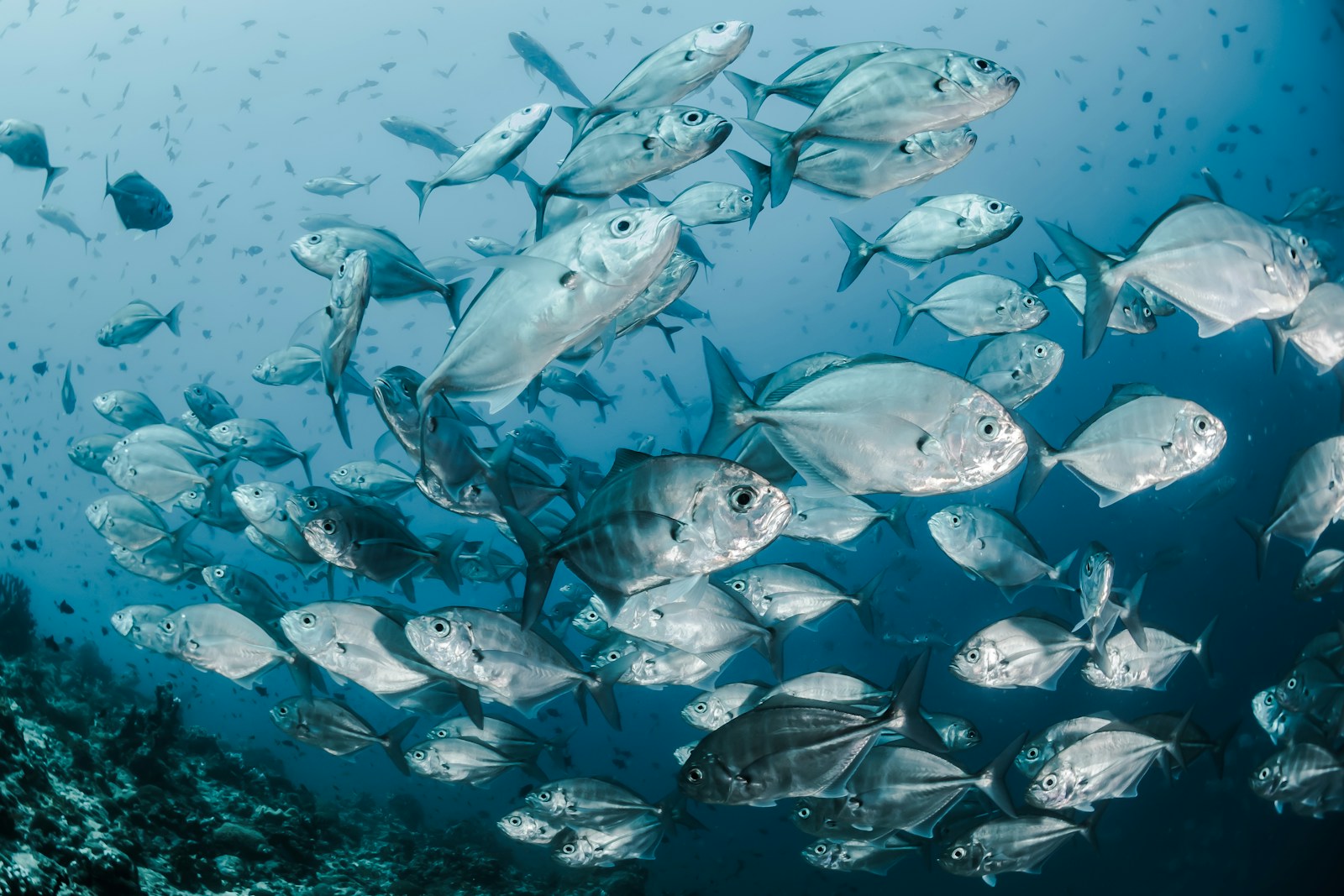


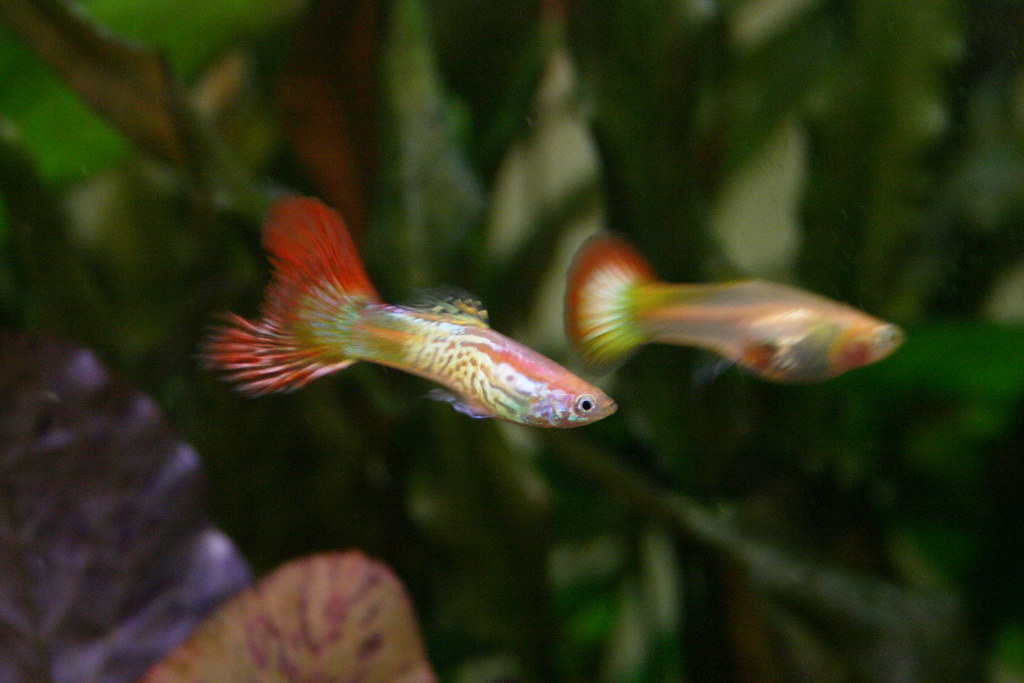




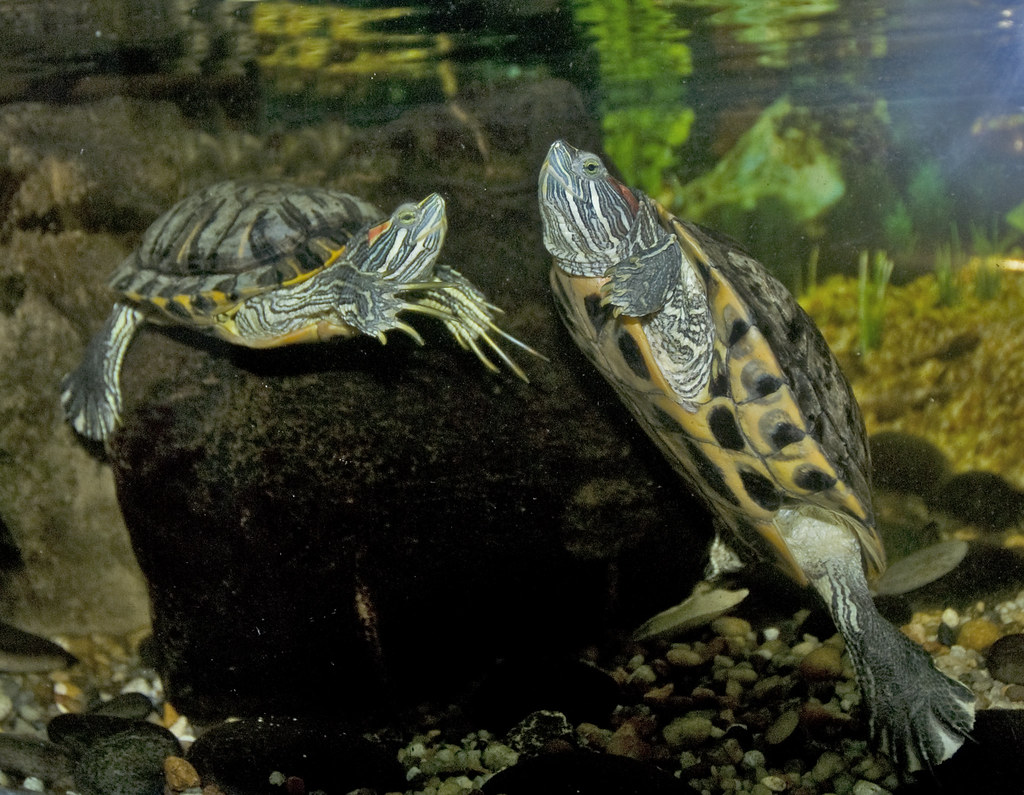






Leave a Reply